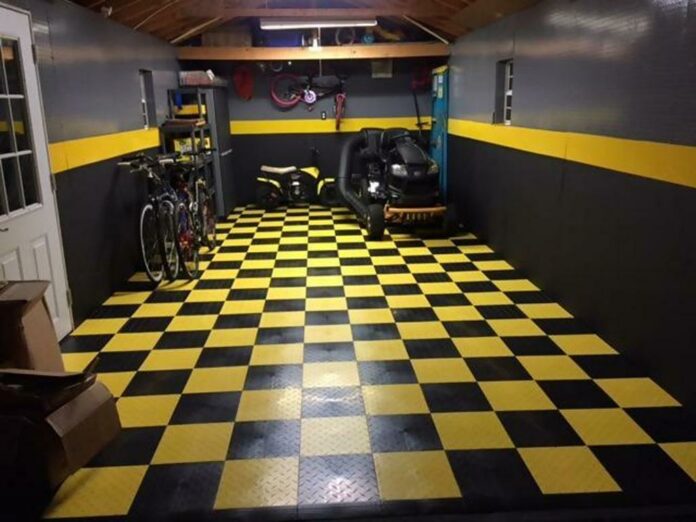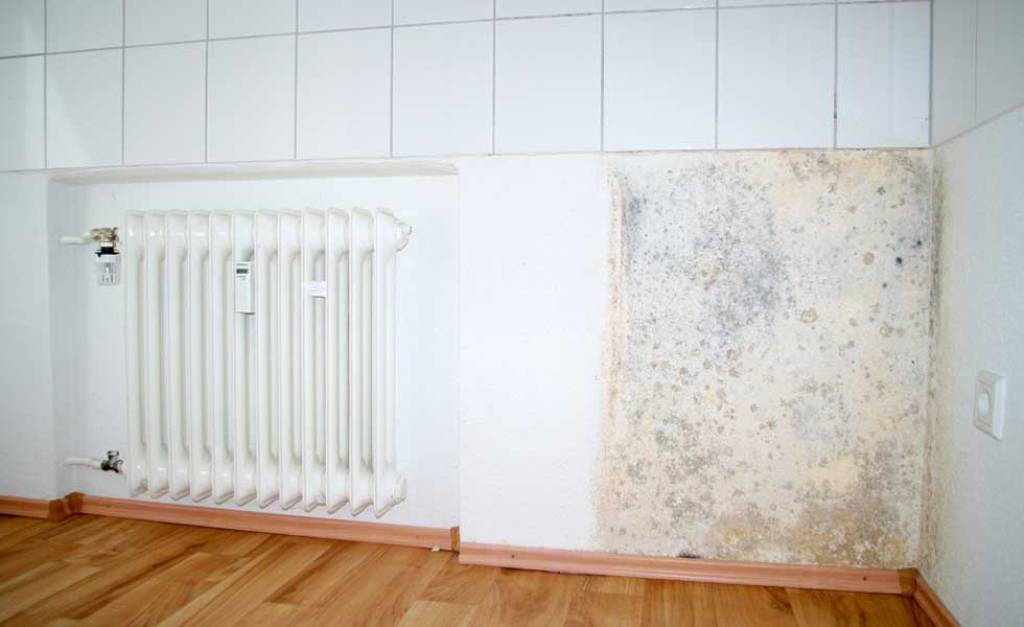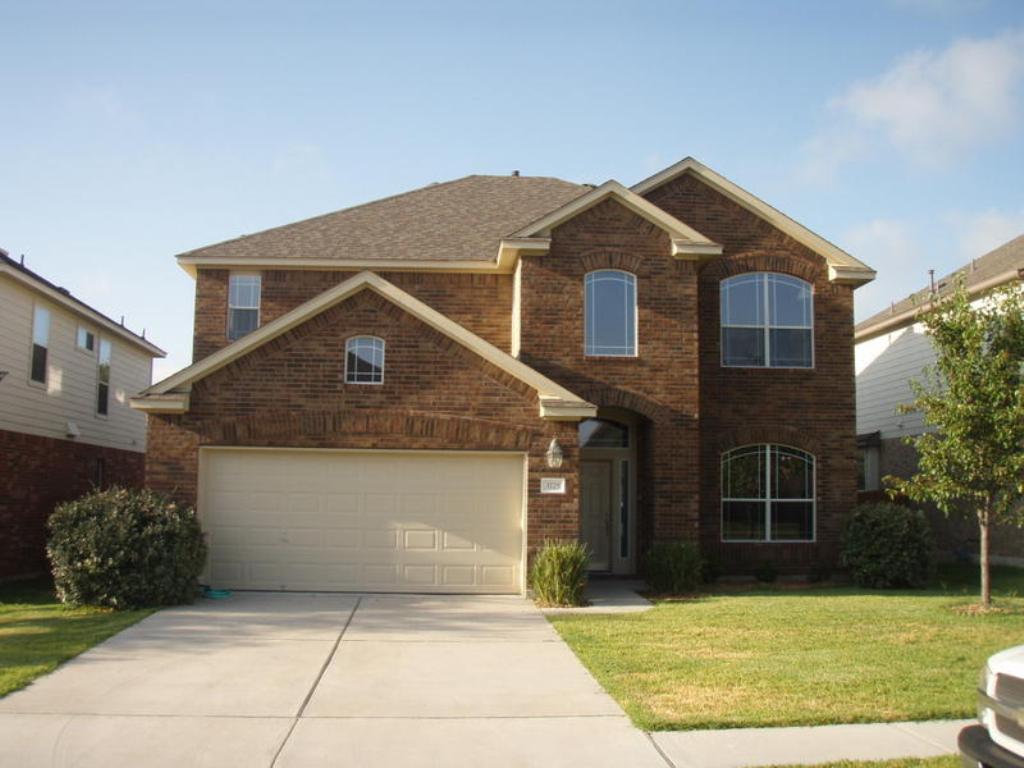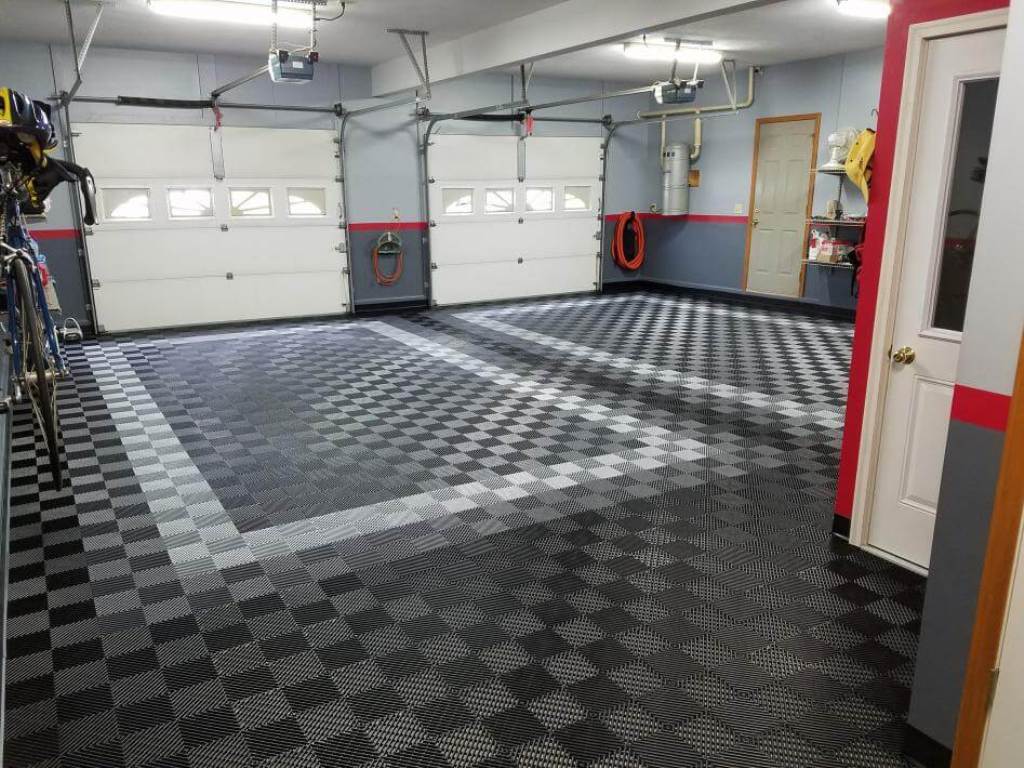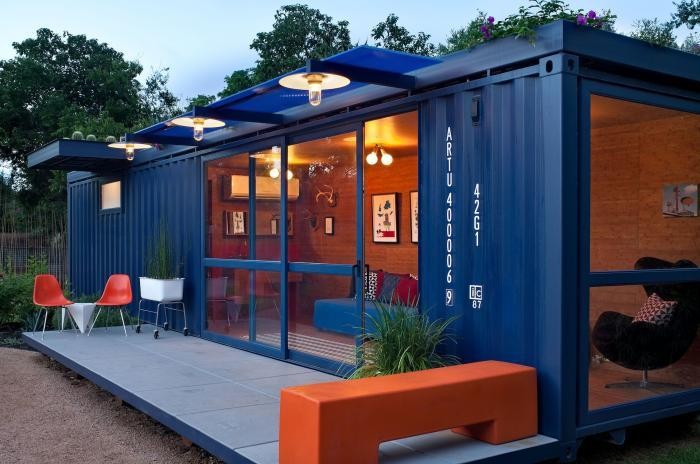Sweaty garage floors are a common occurrence during cold or hot seasons, especially when the weather is damp. As a result, excess moisture accumulates in those homes where the area boasts a high level of humidity and occasional temperature drops.
Garage floor sweating occurs when relatively warm, moist air comes in contact with very cold concrete slab. When the air starts cooling at or below the dew point, it will condense on the concrete’s surface causing it to look wet or misty.
To prevent your garage floor from sweating, you need to alleviate the conditions that make it sweat in the first place. To put it bluntly, you need to do at least one or more of the five following things:
Decrease the Dampness of the Air
This is one of the more effective ways of reducing garage floor sweating. And the best tool for this solution is a dehumidifier. If you run it during those times of the year when sweating is at its peak, you can reduce it, if not completely prevent it as well.
But you need the best garage dehumidifier for the job to pull this off. For example, a typical garage that measures between 400-500 square foot requires a unit rated for 2500ft² spaces or larger. The reason for this is because higher-quality dehumidifiers remove moisture from the air faster.
Increase Air Circulation
Another suitable method for reducing garage floor sweating is to run a fan that increases air circulation on the floor. When the air close to the surface of the concrete doesn’t rest long enough to cool, it won’t condense. But if it rests long enough to form a cooler layer of air on the surface, it will condense.
Inspect Your Garage’s Ventilation
Proper ventilation of the garage’s roof and walls is crucial for lessening condensation, as well as maintain the balance of air both inside and outside your house. However, you need to regularly empty the tank of your garage ventilation system once it gets filled up for efficient airflow.
Heat Your Garage
This is a great option to consider during the colder months. Heating brings the temperature of the concrete’s surface closer to that of the room. When there’s moist air in the room, the surface of the concrete won’t be cool enough to condense the air that comes in contact with it.
Heating a garage however, does have its setbacks in that it can take about a week or more for the surface of the concrete to warm up. Not to mention, running heaters for a long time can be taxing on your electrical bills since most garages aren’t insulated.
So if you’re planning on moving to or are living in a home in an area where garage floor sweating is common, you should inquire about radiant floor heating.
Change Your Garage’s Flooring
Perhaps the most effective way of preventing garage floor sweating is changing the flooring altogether. No, we don’t mean sealing the floor or applying a coating, we’re talking about installing a separate flooring surface.
Some great flooring examples include vinyl mats, interlocking garage floor tiles, as well as automotive approved carpet for a garage. Any of these options will adopt the temperature of the air in the room instead of the concrete.
Seal Your Garage from Drafts
The last thing on the list to avoid garage floor sweating is to prevent warm, moist air from entering your garage. This is especially helpful when running a dehumidifier or a fan. The desired effect can be achieved by making sure the man door and garage door are shut real tight and that the windows are always kept closed.

